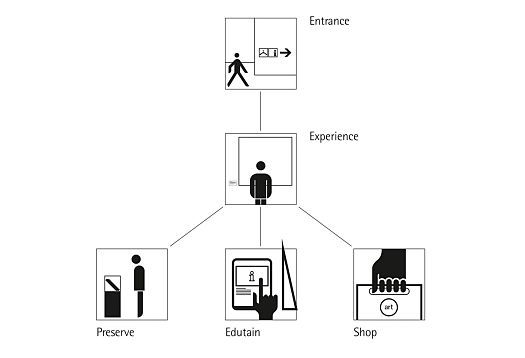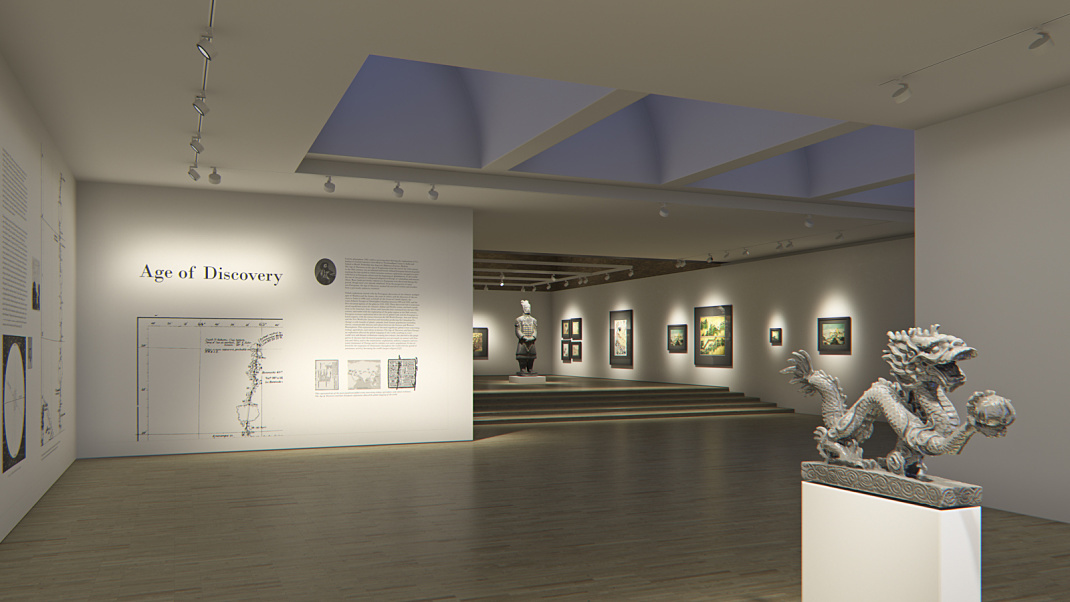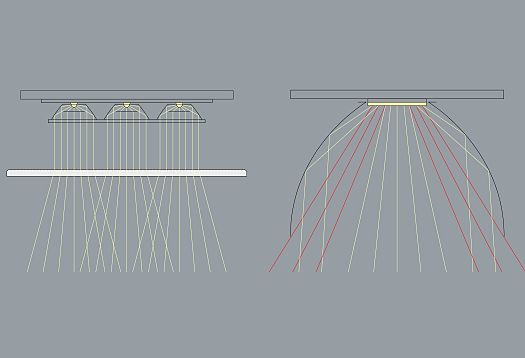Aubrey 5-light by Design House
More user friendliness for you
ERCO wants to offer you the best possible service. This website stores cookies for this purpose. By continuing to use this website, you consent to the use of cookies. For more information, please read our privacy policy. If you click on "Do not agree", essential cookies will continue to be set. Certain contents of external pages can no longer be displayed.
- Tips for lighting design
- International projects
- Suitable lighting tools
Collecting, conserving, researching and exhibiting – these keystones of museum activities were established more than 200 years ago as part of the European Enlightenment and characterise work in public museums, galleries and private collections up to the current day. Each of these individual spheres of work are now provided with suitable lighting thanks to the possibilities of high-quality LED lighting, without having to compromise in terms of visual experience and the conservation of art. Design possibilities with light in museums and galleries are however not only limited to the display of art. We show you how light is able to upgrade exhibition spaces to become qualitative cultural brands – ranging from the exhibition and sculpture garden to the shop and café.
Which tasks does light adopt in the illumination of art?
Thinking in lighting functions

In galleries and museums, lighting functions serve as a theoretical model for flexibly responding to a high diversity of curatorial concepts and architectural situations, for integrating lighting solutions and scaling these according to needs.
Museum lighting needs to fulfil a variety of requirements: in every project designers are faced with the challenge of bringing together standard specifications, economic targets, constructional conditions and design aspects into a single concept. The range of tasks far exceeds typical exhibition spaces, beginning outside with the access area, facades and outdoor exhibits and including the foyer, café and shop as well as the actual visit to the museum. A theoretical model of lighting functions helps to evaluate the quality of lighting not just according to purely quantitative criteria such as illuminance figures. It separates lighting from the static room cubature to focus on the utilisation of a spatial situation. This form of zoning allows individual tasks to be identified: should a room welcome, invite to discover, protect culture, entertain, or provide a location to stay and browse?
At the start of each lighting project it makes sense for lighting designers to ask the following three questions for each required functional area:
- Which cultural, architectural or functional importance does the room or spatial zone have?
- Which tasks in a museum can lighting adopt to optimise the display of cultural assets?
- Which individual lighting strategy and methods of lighting are suitable as the basis for lighting design?
Design in lighting functions
A comparison of lighting technology
Projection or reflection: what is the difference?


Efficiently and precisely illuminating art
Spotlights, floodlights and wallwashers are flexible and efficient lighting tools for the effective presentation of art. The quality of lighting technology is not only important for the precise distribution of light and a qualitative art experience, but also for the long-term cost-efficiency of the lighting installation. When comparing the efficiency of luminaires, key figures need to be evaluated based on identical lighting tasks. In this respect, optical systems utilising the principle of projection via lenses benefit from qualitative and quantitative advantages compared to conventional reflector solutions. We show these advantages in our case study: A comparison of lighting technology.
Designing with ERCO
Our service for designers and construction authorities
Digital light for museums, galleries and other exhibition spaces
Museums attract attention and can alter the perception of whole regions – the best example is the deconstructionist author-architecture of the Guggenheim Museum in Bilbao or the open architecture of the Louvre-Lens embedded in its surroundings. But even smaller galleries and unusual exhibition concepts can open the doors to the world of art. Be it the presentation of modern art in the classic "White Cube" or the interactive exhibition experience revolving around ancient Egypt – few design media direct the attention in exhibitions as precisely and intuitively as light. More than just illuminating art, the exhibition venues themselves are presented in the appropriate light as social meeting points.
- Designing with light
- Culture
Worldwide ERCO projects in the sector Culture
- ERCO projects in the Light Scout
- Projects illuminated by ERCO
Suitable lighting tools
Track systems with spotlights, floodlights and wallwashers deliver the primary toolbox for lighting design in museums and galleries. ERCO spotlights with different lens systems, such as the flexible Spherolit technology, provide exhibition organisers with the broadest possible scope for design, from the neutral presentation of objects through to dramatically accentuated enhancement. Mounting location, alignment, brightness and light distribution of the spotlights can be adjusted without tools to suit changing exhibition concepts.
For decades, ERCO has given focus to the perfect perception of art. Precise and highly efficient lens technology preserves the art while rendering it in brilliant colours using a light spectrum without IR and UV radiation.
- Products
- Designing with light
- Culture
Are you planning a similar project?
Via telephone
You can contact your regional contact partner via:
{{fon}}
Alternatively, here are the contact data to our global network of ERCO lighting consultants:
Aubrey 5-light by Design House
Source: https://www.erco.com/en/designing-with-light/culture/culture-6493/
0 Response to "Aubrey 5-light by Design House"
Enviar um comentário